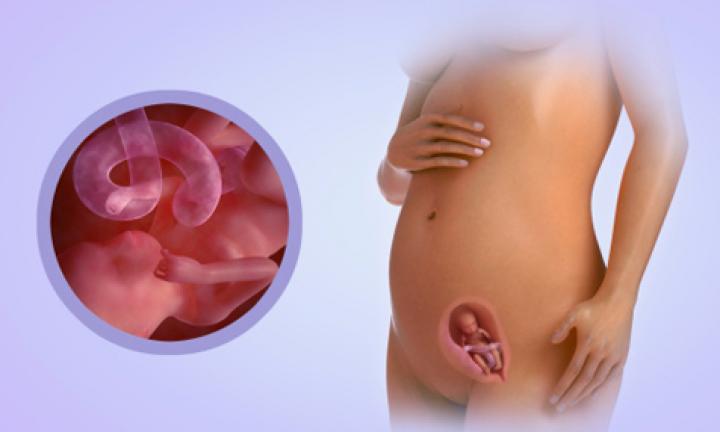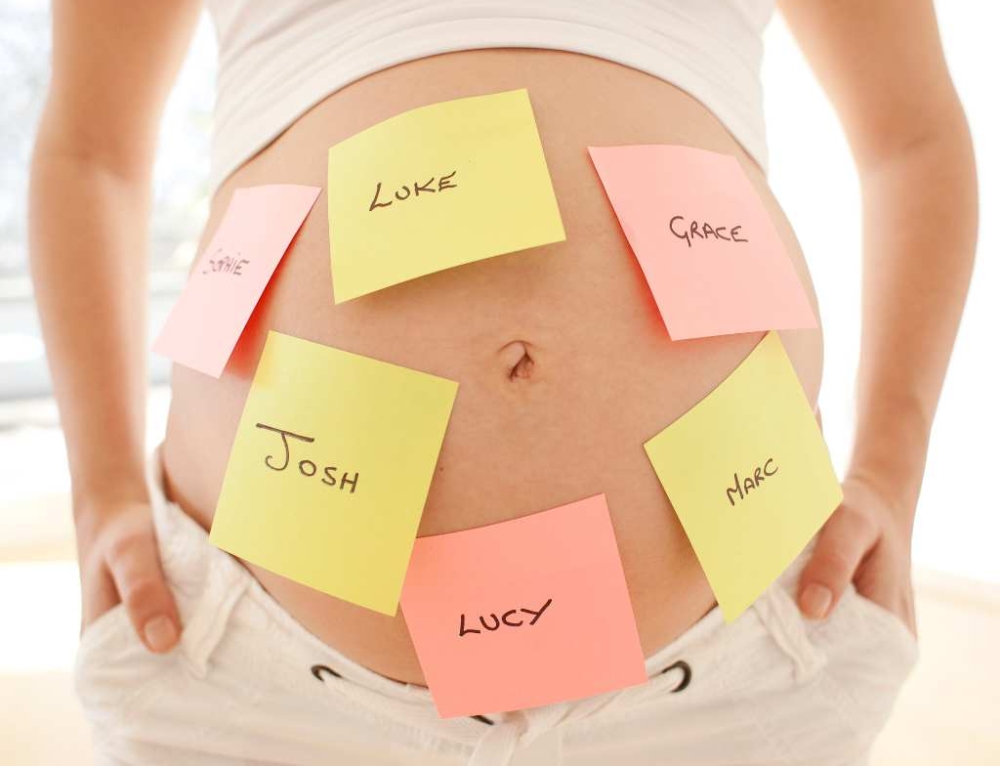Welcome to your week 16 pregnancy update where we outline the changes you and your baby are experiencing.
Your Baby
Baby is now around the size of an avocado and it’s time to get ready for him to go through his first huge growth spurt. In the next few weeks, your baby will double his weight and finally be bigger than the placenta that is keeping him alive. Your baby’s head-to-body ratio is starting to even out, as the rest of his body – including his arms and legs play catch-up.
He’ll also be active, turning somersaults and playing with his umbilical cord. Your baby now gets the hiccups, but since they have fluid instead of air in the trachea they don’t make any sound. He also likes to play, by pulling and tugging and squeezing on the umbilical cord. Although still too slight to be felt, your baby’s movements can be seen during ultrasound exams, which you’ll no doubt be having soon to take a peek at your growing bundle.
Just like adults, all babies are different and develop at varying rates in the womb. This information gives a general idea of your baby’s development and progress.
The Mum Update
As your baby grows, your uterus and placenta are also growing. Six weeks ago, your uterus weighed about 140g. Today, it weights about 250g. The amount of amniotic fluid around the baby is also increasing. There is now about 250ml of fluid. The top of your uterus (fundus) can be felt about half way between your tummy button and your pubic bone.
Can you feel butterflies fluttering in your stomach this week? The feeling is called quickening; it’s when you first feel the movements of your baby. It may feel like gas, an upset tummy or like butterflies floating around in your stomach, but it really is baby on the move. Some mums can feel the quickening as early as 12 weeks but for most it starts from week 16 but becomes more pronounced by week 18 to week 20. You may find it easier to feel those early fluttery movements if you lie down. The distinctive kicks and punches are still a few weeks away and that is most likely when your partner will be able to feel baby’s movements, too.
Sometimes, when you move suddenly, you may a feel a slight pain in your sides. Ligaments on each side of your uterus and pelvic walls are stretching as baby grows.
Around this time you may start to notice a clear yellowish fluid leaking from your breasts. This is colostrum and and is the forerunner to breastmilk and it is a good sign and nothing to worry about.
Around this time your doctor may recommend you have an amniocentesis test if you and your partner’s genetic history puts you in a high risk category or you are over the age of 35. This test checks your amniotic fluid for certain chromosomal abnormalities present in your baby such as Down syndrome or hereditary conditions such as Duchenne muscular dystrophy and skeletal dysplasia.
If you have the test you will visit hospital as an outpatient and the whole procedure takes no more than 30 minutes. It begins with a technician performing an ultrasound to locate baby’s position, ensuring the technician stays well clear of your baby as he or she uses a needle to extract a small amount of amniotic fluid. The fluid is then sent to a lab and you should have your results within two weeks. A negative result excludes only the condition for which the test was performed. Unfortunately, there is no test to exclude all pregnancy abnormalities. You could also find out the sex of your baby from this test.







Leave A Comment
You must be logged in to post a comment.